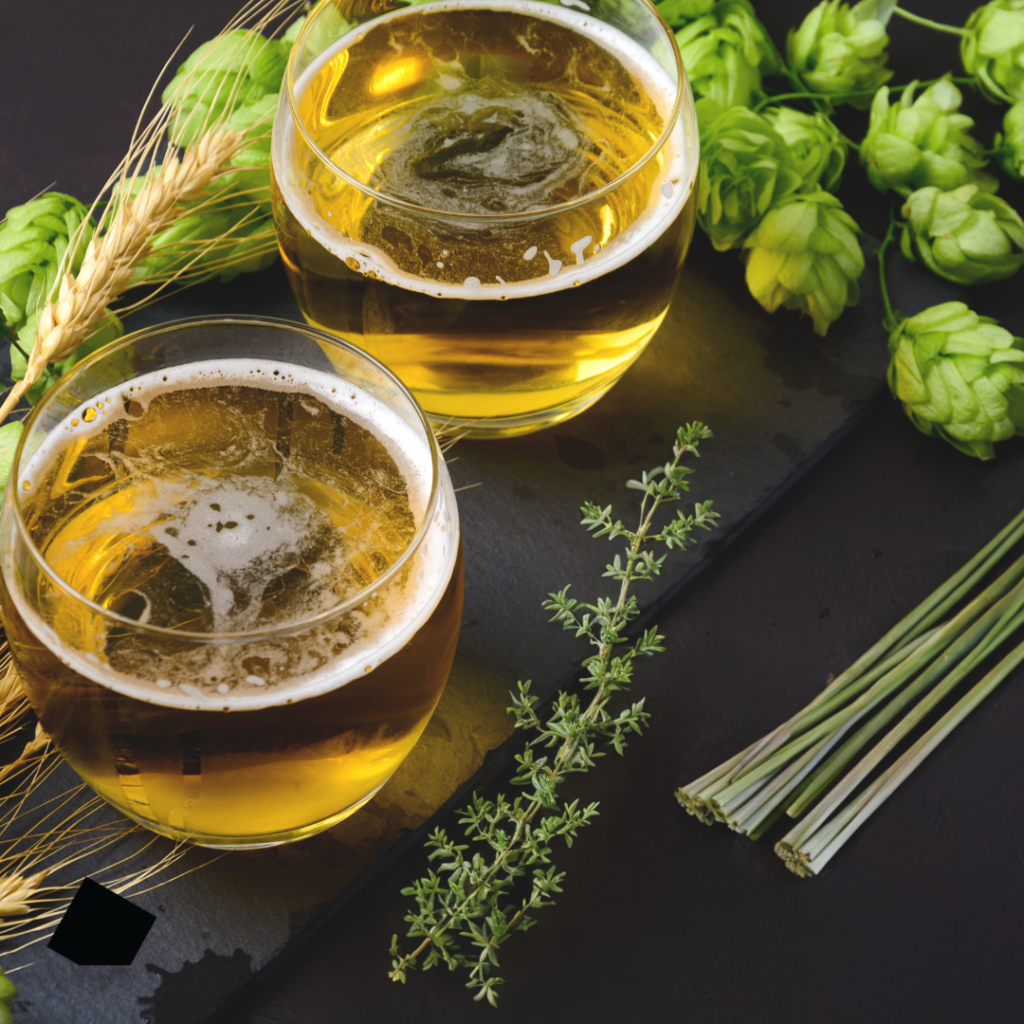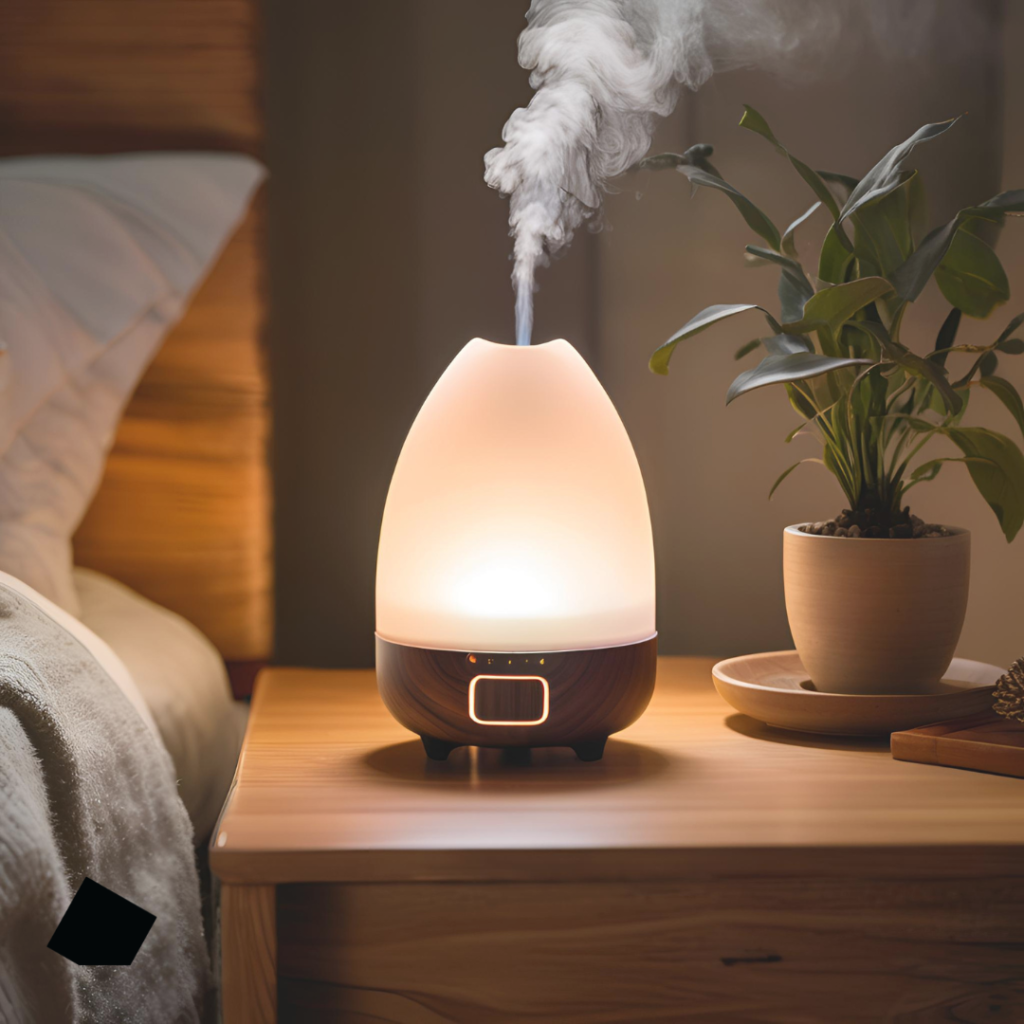
Myrcene is a naturally occurring terpene found in various plants, including hops, thyme, lemongrass, and mangos. In addition to its signature earthy scent, myrcene is commonly associated with notes of cloves and herbal spices. Due to its pleasant and grounding aroma, it’s frequently used in the perfume and fragrance industries.
In the realm of herbal blends, myrcene also stands out as one of the primary terpenes responsible for contributing to the overall aroma and flavor. It is often preferred for its calming properties and potential to enhance the overall herbal experience.
One of the most distinguishing features of myrcene is its musky, earthy aroma with subtle hints of spice. If you’ve ever smelled freshly picked thyme or hops, you’ve likely encountered this terpene at work. Myrcene’s scent is both grounding and robust, making it a popular addition to various aromatic blends and essential oils.
When it comes to flavor, myrcene brings out earthy and slightly fruity undertones, making it a versatile terpene that pairs well with a range of herbal profiles. Whether used in vaporizing blends, essential oils, or culinary infusions, its musky aroma adds a distinctive richness that enhances the overall sensory experience.

Myrcene is widely distributed in nature, and some of the best-known sources include:
While research on terpenes is still developing, myrcene is often recognized for its calming and relaxing properties. This makes it a popular choice in aromatherapy, where it is often used to promote relaxation and stress relief. Essential oils that feature myrcene are frequently incorporated into calming blends, diffused in homes or spas, and added to topical products like balms and lotions.
For those interested in herbal blends, myrcene is a key terpene to consider when looking for a more relaxed and mellow experience. Its potential calming effects make it ideal for unwinding at the end of a long day, whether through diffusing, vaporizing, or simply enjoying the aroma.

Vaporizing is another popular way to enjoy the rich aroma and potential effects of myrcene. In vaporizers like Mixturus, where users can experiment with different herbal blends, myrcene-rich herbs such as thyme or hops can bring a deeper, earthier dimension to your vaporizing experience. Because of its low vaporization point, myrcene is easily released, allowing users to enjoy its full aroma and potential benefits.
For those who enjoy experimenting with herbal combinations, pairing myrcene with other terpenes like limonene (which has a citrusy profile) can create a balanced, uplifting blend that is both relaxing and refreshing.
If you’re looking to add more myrcene into your daily routine, here are a few easy ways to do so:

Myrcene is a fascinating terpene that offers much more than just an earthy scent. Whether you’re seeking a more relaxing experience or looking to enhance the depth of your herbal blends, myrcene is a versatile and beneficial addition to your routine. From its calming effects in aromatherapy to its grounding flavor in vaporizing, this terpene can elevate your experience in many ways.
Next time you smell the rich, earthy aroma of thyme or enjoy the fresh sweetness of a mango, take a moment to appreciate myrcene—the unsung hero behind the scent.
Interested in purchasing a convection vaporizer? Check out the full line of products on the Rite Innovations storefront.
This blog is for informational purposes only and does not represent the views of Rite Innovations. The insights shared are anecdotal and not universally applicable. The FDA has not evaluated the statements about herbal products, and we recommend consulting with a physician before consuming them. These products are not intended to diagnose, treat, cure, or prevent diseases. Support for claims made on this website is available upon request. This article is not intended as legal advice.
Sign up for our newsletter to get the latest from the Rite Innovations team.